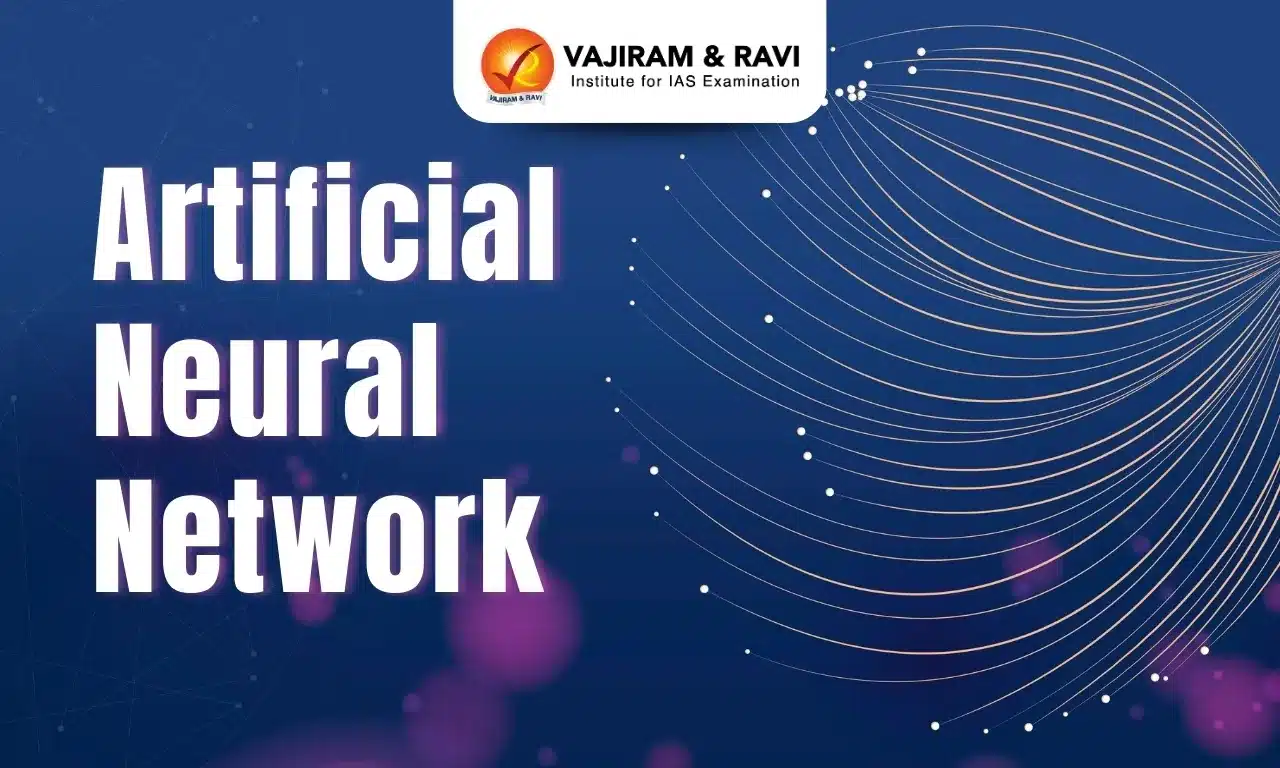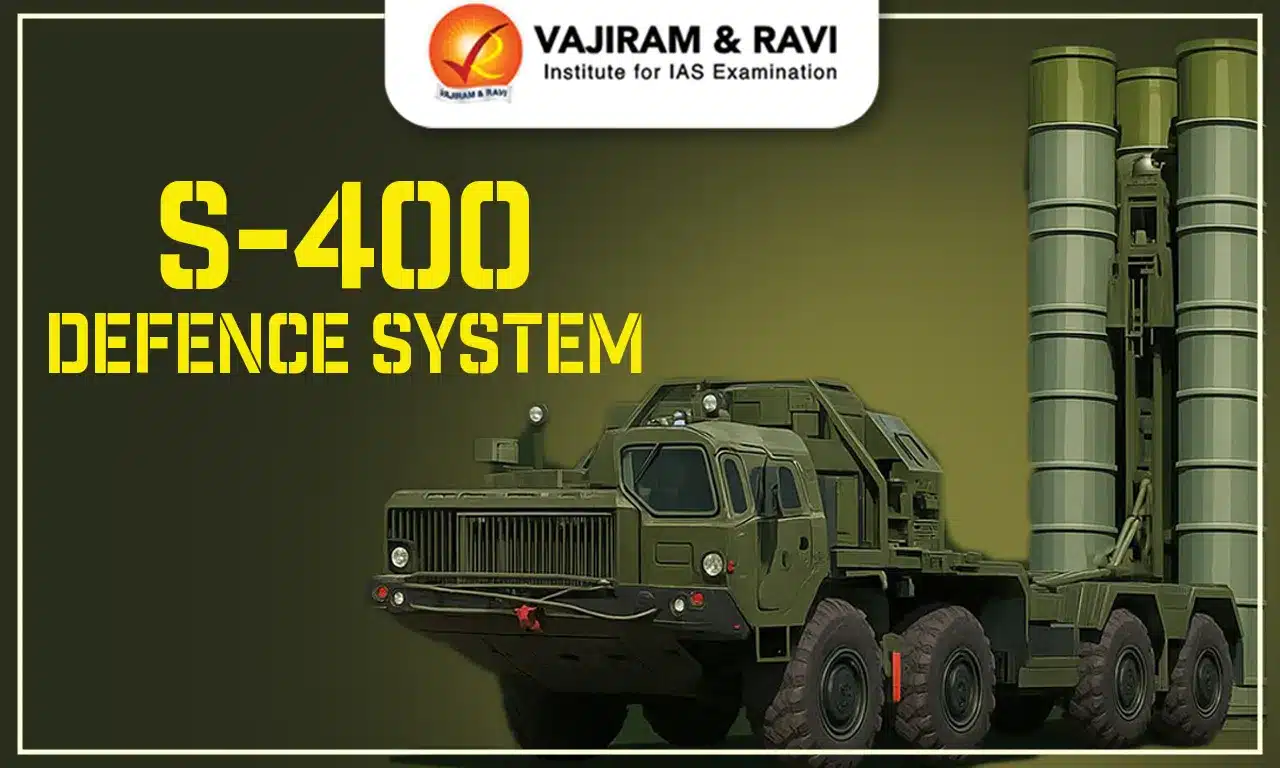A computer system that mimics the information processing of the human brain is called an artificial neural network, or ANN. It is classified as artificial intelligence and is very good at resolving complicated problems that could be difficult for humans to handle. Because ANNs are self-learning, they perform better when there is more data available.
Artificial Neural Networks work collectively and concurrently, imitating biological neural networks. They are used in many different fields, like regression problems, pattern recognition, recommendation systems, and weather forecasting.
Artificial Neurons
An artificial neuron is the building block of an artificial neural network. Artificial neural networks, like the biological neural network in the human body, have a layered architecture, and each network node (connection point) can process input and forward output to other nodes in the network.
- ANNs are composed of artificial neurons arranged in input, hidden, and output layers, employing a connectionist approach to computation.
- They use nonlinear statistical data modelling techniques to uncover intricate relationships between inputs and outputs. This enables the prediction or classification of complex problems.
| Biological Neuron | Artificial Neuron |
| Cell Nucleus (Soma) | Node |
| Dendrites | Input |
| Synapse | Weights or interconnections |
| Axon | Output |
Key Components of Artificial Neurons
- Interconnecting model of neurons: The neuron is the elementary component connected with other neurons to form the network.
- Learning algorithm: This is to train the network, as various learning algorithms are available in the literature to train the model.
- Each layer consists of neurons, and these neurons are connected to other layers.
- Weight is also assigned to each layer, and these weights are changed at each iteration for training purposes.
History of Artificial Neural Network
The history of neural networks and the key events that led to their evolution are:
| 1943 | - Warren S. McCulloch and Walter Pitts’ research sought to understand how the human brain could produce complex patterns through connected brain cells, or neurons. |
| 1958 | - Frank Rosenblatt was able to get a computer to learn how to distinguish cards marked on the left from cards marked on the right. |
| 1974 | - Paul Werbos was the first person in the US to note the application of backpropagation within neural networks. |
| 1989 | - Yann LeCun’s research successfully leveraged a neural network to recognise hand-written zip code digits provided by the U.S. Postal Service. |
Types of Artificial Neural Networks
Neural networks can be classified into different types, which are used for different purposes. The below would be representative of the most common types of neural networks:
- The Perceptron is the oldest neural network, created by Frank Rosenblatt in 1958.
- Convolutional neural networks (CNNs), are utilised for image recognition, pattern recognition, or computer vision.
- Recurrent neural networks (RNNs) are used to make predictions about future outcomes, such as stock market predictions or sales forecasting.
Relation between Artificial Neural Networks and Deep Learning
The following are the characteristics and relation between ANN and Deep Learning:
| Artificial Neural Networks | Deep Learning (Deep Neural Network) |
| A neural network is a computing system inspired by the human brain's information processing. | Deep learning specifically refers to neural networks with a large number of layers. |
| Neural networks can solve complex problems by finding relationships between inputs and outputs. | A neural network with more than three layers (including input and output) is considered a deep-learning algorithm. |
| They have the potential for self-learning and provide better results with more data. | Most deep neural networks are feed-forward, flowing in one direction (input to output). |
| Suitable for a range of applications like weather prediction, pattern recognition, and recommendation systems. | Its applications can be like Customer Service through Chatbots like Slush or Maya. Also, in healthcare for medical imaging detects disease from X-ray images. |
Applications of Artificial Neural Networks
The following are the applications of Artificial Neural Networks:
- Weather Prediction: ANNs analyse historical weather data and forecast future conditions.
- They consider various parameters like temperature, humidity, pressure, etc. and can improve the accuracy of weather predictions over time.
- Pattern Recognition: ANNs are used to identify patterns in data, such as images, speech, or text.
- They find applications in facial recognition like Screen Lock in mobiles, handwriting recognition, etc.
- Facial Recognition: It serves as a robust system of surveillance. Recognition Systems match the human face and compare it with digital images.
- They are used in offices for selective entries. The systems thus authenticate a human face and match it up with the list of IDs that are present in its database. For example, Face Screen Locks in Mobiles, etc.
- Recommendation Systems: ANNs power recommendation engines in e-commerce like Flipkart or Amazon, streaming services like Netflix, and social media platforms like Instagram or Facebook.
- They analyse user behaviour and preferences to suggest relevant products, content, or connections.
- Sales and Marketing: ANNs can predict customer behaviour,preferences, and buying patterns.
- They optimise marketing strategies, targeting, and product recommendations to boost sales through online ads.
- Healthcare: ANNs assist in medical image analysis for tasks like tumour detection, MRI analysis, and X-ray interpretation.
- They can predict disease outcomes, assist in diagnosis, and personalise treatment plans.
- Education: ANNs can be used for adaptive learning systems.
- They analyse student performance and behaviour to provide personalised learning materials and recommendations.
Issues associated with Artificial Neural Networks (ANN)
Apart from importance, there are several challenges associated with Artificial Neural Networks. The following are a few challenges:
- Intentional Abuse: With the rise of sophisticated AI capabilities, there is a growing concern regarding intentional misuse.
- Technologies like "deep fakes" show how individuals with malicious intent can exploit AI for deceptive purposes.
- ANN in war: The integration of AI and Neural Networks into lethal autonomous weapons (LAWs) like Killer Robot poses immediate and severe risks.
- It raises questions about the ethical implications of machines making life-and-death decisions.
- Influences Decision-Making: AI's influence on how people perceive information and make decisions is already evident.
- The algorithms that can curate content on social media platforms have the power to shape public opinion which can reinforce discriminatory views or biases in society like Patriarchy or Caste views, etc.
- Social Gaps: The integration of AI and technology into daily life has created both opportunities and disparities.
- While some benefit from AI, others may face job displacement and economic inequalities.
- Affecting Human Dignity and Autonomy: As AI becomes more autonomous and capable, there is a risk of diminishing the role of humans in critical decision-making processes.
- Safeguarding human agency and ensuring that we remain, stewards of our own civilization is a profound ethical challenge.
Measures to be taken in Future
The following are the measures to be taken in future:
- Investments: Invest in high-performance hardware or utilise cloud-based platforms with specialised hardware for parallel processing.
- Employing improved Techniques: Incorporate techniques for model interpretability and visualisation to gain insights into how the Artificial Neural Network arrives at its decisions.
- Policies and Guidelines: Establishing well-defined ethical guidelines, legislations, and policies is crucial for the development, deployment, and utilisation of ANN technologies.
- These should highlight principles of fairness, transparency, and accountability.
- Monitoring and Auditing: Implementing mechanisms for ongoing monitoring and auditing of machine learning systems is imperative.
- This proactive approach helps in promptly identifying and rectifying biases, errors, and any instances of unethical behaviour.
- Interdisciplinary Collaboration: Encouraging collaboration between data scientists, ethicists, social scientists, and legal experts is essential.
- This collective effort is instrumental in addressing ethical challenges comprehensively and ensuring the responsible use of AI.
- Education and Training: Providing education and training to all stakeholders engaged in machine learning projects is paramount.
- This includes data scientists, engineers, policymakers, and end users, with the aim of fostering an understanding and awareness of ethical considerations.
Last updated on December, 2025
→ Check out the latest UPSC Syllabus 2026 here.
→ Join Vajiram & Ravi’s Interview Guidance Programme for expert help to crack your final UPSC stage.
→ UPSC Mains Result 2025 is now out.
→ UPSC Notification 2026 is scheduled to be released on January 14, 2026.
→ UPSC Calendar 2026 is released on 15th May, 2025.
→ The UPSC Vacancy 2025 were released 1129, out of which 979 were for UPSC CSE and remaining 150 are for UPSC IFoS.
→ UPSC Prelims 2026 will be conducted on 24th May, 2026 & UPSC Mains 2026 will be conducted on 21st August 2026.
→ The UPSC Selection Process is of 3 stages-Prelims, Mains and Interview.
→ UPSC Result 2024 is released with latest UPSC Marksheet 2024. Check Now!
→ UPSC Prelims Result 2025 is out now for the CSE held on 25 May 2025.
→ UPSC Toppers List 2024 is released now. Shakti Dubey is UPSC AIR 1 2024 Topper.
→ UPSC Prelims Question Paper 2025 and Unofficial Prelims Answer Key 2025 are available now.
→ UPSC Mains Question Paper 2025 is out for Essay, GS 1, 2, 3 & GS 4.
→ UPSC Mains Indian Language Question Paper 2025 is now out.
→ UPSC Mains Optional Question Paper 2025 is now out.
→ Also check Best IAS Coaching in Delhi


















